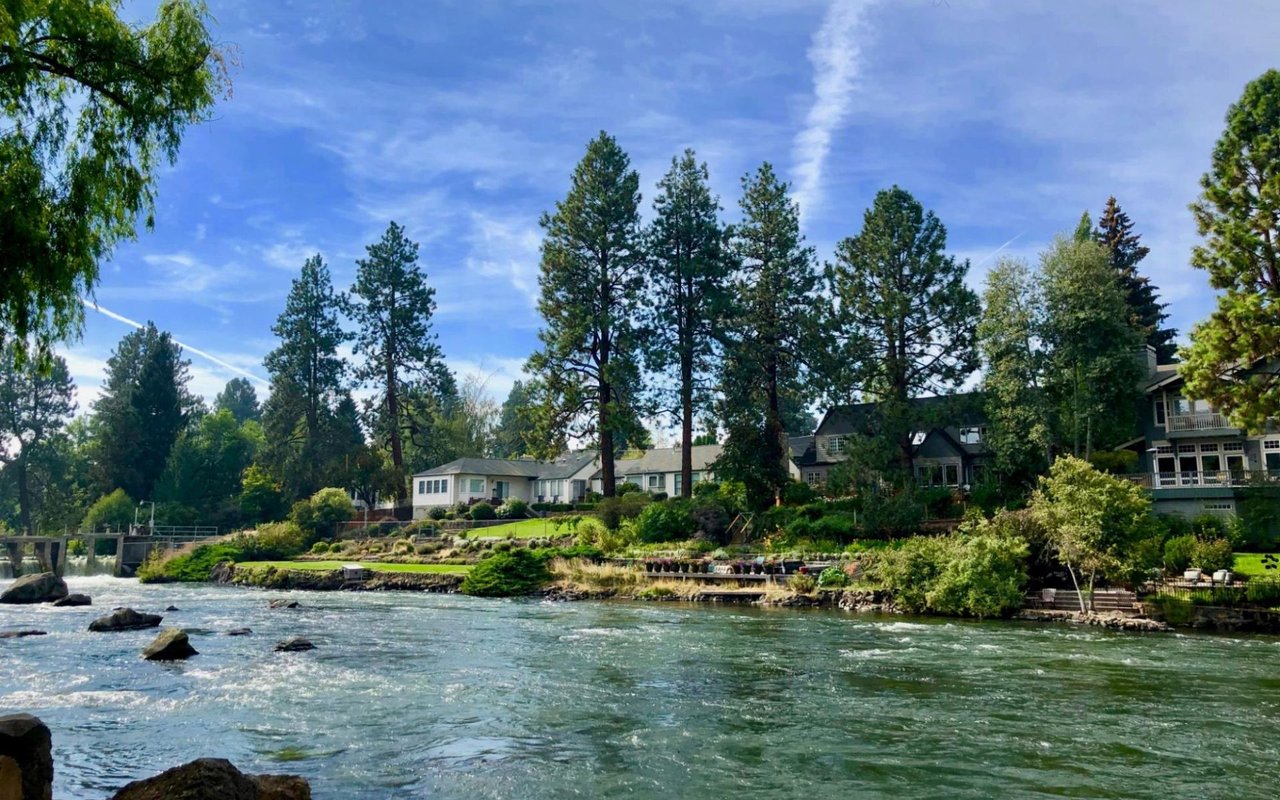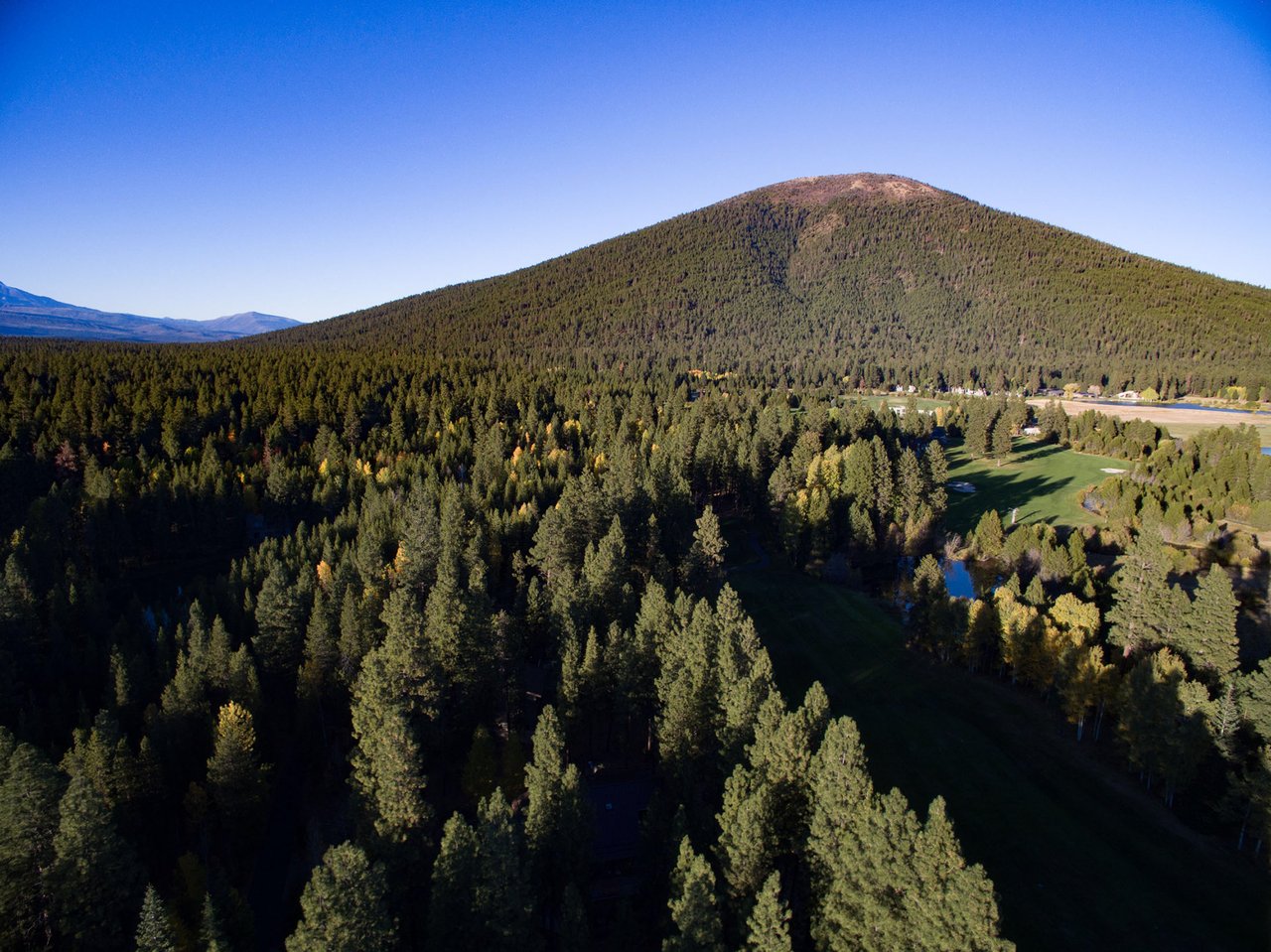Bend, Oregon’s architectural landscape offers a dynamic blend of history, creativity, and regional character. Once known primarily for its timber industry, the city has grown into a vibrant community where heritage buildings stand alongside modern designs. From restored theaters and historic neighborhoods to innovative public spaces, this guide unveils the architectural landmarks that define Bend and its surroundings.
Tower Theatre
In the heart of downtown Bend, the Tower Theatre is a premier example of Art Deco architecture. Originally opened in 1940, the theatre served as a focal point for Bend’s cultural and social life. After years of decline, a major restoration effort in the early 2000s returned the building to its former glory. The façade features distinctive neon signage and stylized geometric ornamentation typical of the Art Deco movement. Today, the Tower hosts concerts, films, and community events, serving as a vibrant link between Bend’s past and its present-day arts scene.
Deschutes Historical Museum (Reid School)
The Deschutes Historical Museum occupies one of Bend’s most important historic structures—the Reid School. Constructed in 1914 and named after educator Ruth Reid, this two-story brick building was one of the first substantial public buildings in Bend. Its Classical Revival style is marked by symmetry, columns, and traditional detailing. As the former site of the city’s early education system, the building is deeply tied to Bend’s civic roots. Now housing the museum, it preserves the architectural and cultural history of Deschutes County through its structure and its exhibits.
Drake Park Neighborhood Historic District
Bend’s oldest residential neighborhood, located near Drake Park and Mirror Pond, offers a striking glimpse into early 20th-century domestic architecture. The Drake Park Neighborhood Historic District, listed on the National Register of Historic Places, includes over 100 homes built between 1910 and 1954. Styles range from Craftsman and Colonial Revival to Tudor and Minimal Traditional. These houses represent the growth of Bend during its timber industry boom and stand as a testament to thoughtful neighborhood planning and enduring architectural appeal.
Deschutes Public Library (Downtown Bend Branch)
Designed by the Portland-based firm Thomas Hacker Architects and completed in 1998, the Downtown Bend Library is a notable example of contemporary Northwest regional architecture. The structure incorporates natural materials such as local stone and timber, creating a modern yet warm environment that harmonizes with Bend’s natural surroundings. Expansive windows provide natural light and views of the Cascades, making the library a civic space that prioritizes openness, sustainability, and community engagement.
High Desert Museum
Just south of Bend, the High Desert Museum blends architecture with landscape. Opened in 1982, the museum complex features a design that emphasizes the surrounding high desert terrain. The use of earthy materials, low profiles, and large windows helps the building blend into the environment while creating spaces for immersive exhibitions. It stands as a model for environmentally conscious design and a beacon of cultural education in Central Oregon.
Pine Tavern Restaurant
The Pine Tavern, established in 1936, offers a unique architectural and natural experience. Situated on the banks of Mirror Pond, the original log-style structure is quintessentially Central Oregon. Two large Ponderosa pine trees grow directly through the dining room roof, a feature preserved through careful architectural planning. The restaurant’s rustic style reflects early Bend hospitality and continues to draw both locals and visitors who appreciate its nostalgic charm and riverside views.
Hayden Homes Amphitheater (Les Schwab Amphitheater)
Though more modern than others on this list, the Hayden Homes Amphitheater—formerly known as the Les Schwab Amphitheater—is an important architectural and cultural landmark in Bend. Opened in 2002, the open-air venue is located in the Old Mill District and incorporates industrial design elements that pay homage to Bend’s logging past. The surrounding structures, including preserved mill buildings and smokestacks, frame the amphitheater in a way that honors the area’s heritage while supporting its role as a premier live music venue.
The Old Mill District
Perhaps the most transformative example of architectural revitalization in Bend, the Old Mill District reimagines the city’s industrial legacy. Once home to two of the largest pine sawmills in the world, the area has been redeveloped into a mixed-use commercial and recreational hub. Architectural elements like the original smokestacks, water towers, and brick mill buildings have been preserved and integrated into new construction. The result is a unique urban environment where old meets new—a striking symbol of Bend’s evolution from timber town to modern community.
Building a Future in Bend
If you're considering making Bend, Oregon, your home—or simply investing in its vibrant and growing community—working with trusted local experts can make all the difference. Whether you're a first-time buyer, relocating, or looking for a second home, contact Team Fitch Real Estate to start your journey toward owning a piece of this remarkable Central Oregon landscape.
*Header photo courtesy of Unsplash

